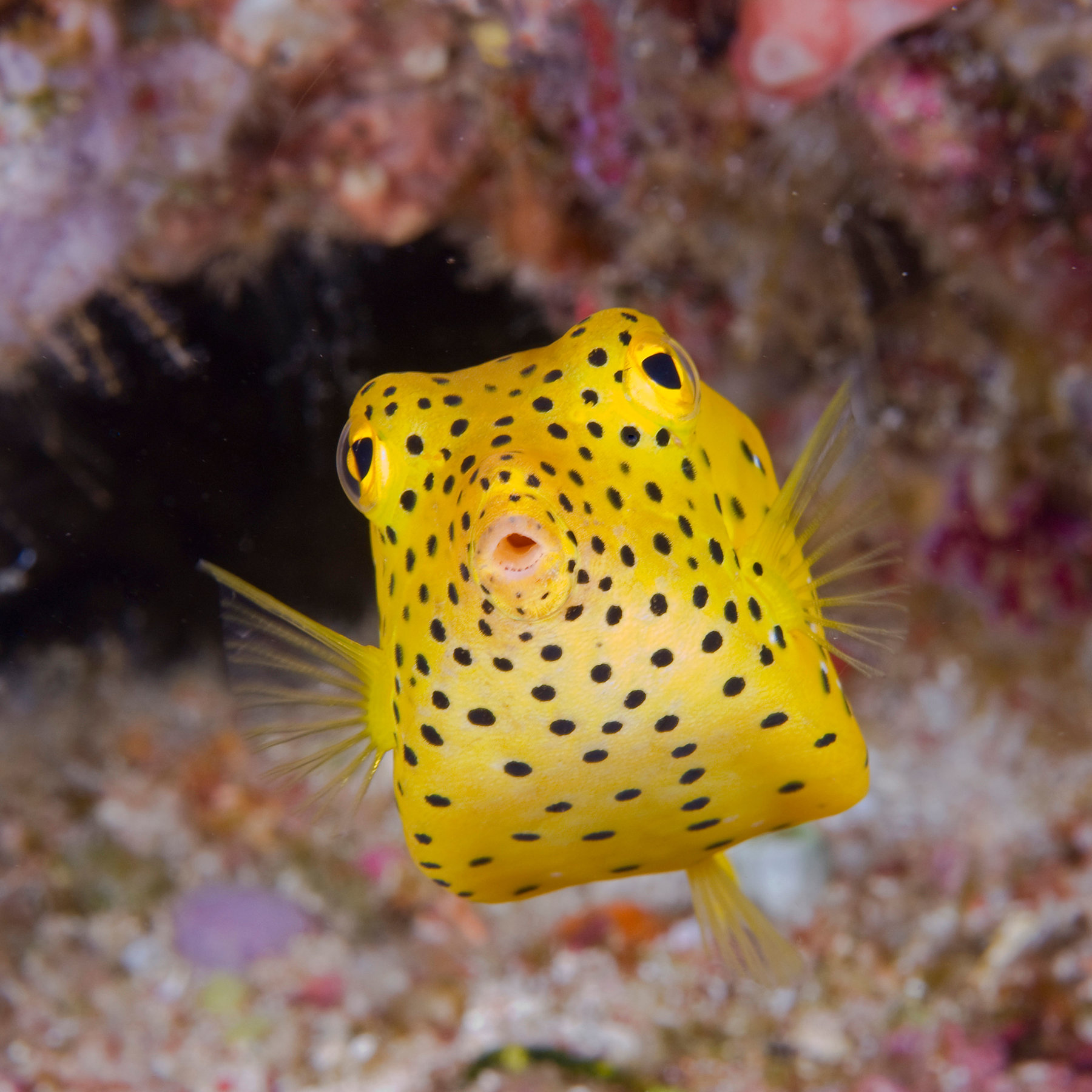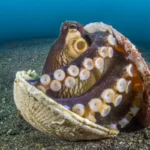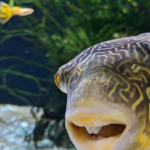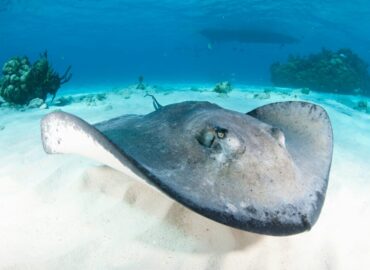The mystery of how the clumsy yellow boxfish moves may have been solved by studying its tail fin.
The boxfish, with its lazy appearance and its bizarre square shape, is certainly not the most threatening among the inhabitants of the sea. But in coral reefs around the world it is not difficult to come across these curious creatures, as they whiz through confined spaces and hunt for shrimp among the rocks. The combination of their fitness and swimming style is something that has aroused a lot of curiosity among scientists.
Being covered with bony plates, the boxfish swims with difficulty, while compensating extensively with its tail fin,
in 2015, a group of researchers published a study suggesting that these shells make the bodies of some boxfish species inherently unstable in water; on the contrary, other studies valued this aspect, arguing that these bone elements gave stability to the movements of the animal. In fact, the fins not only push and allow the fish to direct itself, but stabilize it. In particular, the caudal fin is fundamental in the modulation of horizontal movements.
Researchers have found that without a tail fin, boxfish would easily fall prey to sea currents, literally being thrown left and right all the time. By opening, closing and twirling its tail fin, the boxfish can control the unstable system that is its body, leaning in certain curves and correcting its trajectory, depending on where it wants to go.
Are boxfish poisonous?
Yes, they are poisonous but they can’t kill humans like their relative pufferfish. Pufferfish and boxfish are relatives in terms of appearance and habits. But there’s a huge difference in both fish, pufferfish contain a poison that can kill humans within hours or minutes.
On the other hand when boxfish get captured or stressed they secrete a toxic chemical through their skin which can act as a defense mechanism. Boxfish have this intriguing method of defense against predators, such as sharks and other big fishes.
They secrete deadly toxins, called ostracitoxin, also known as pahutoxin, a type of chemical compound known as a “surfactant.” It is the main toxin in their mucus layer.Three incredible curiosities about the puffer fish
Curiosity about their yellow color
Though it’s called the “yellow” boxfish, this denizen of warm seas doesn’t stay bright yellow with rich black spots. As it ages, the spots fade and the color becomes far more muted – more a bluey-gray with yellow patches. The adults have lots of small black spots on the tail but those on the body become less distinct.









 WhatsApp us
WhatsApp us